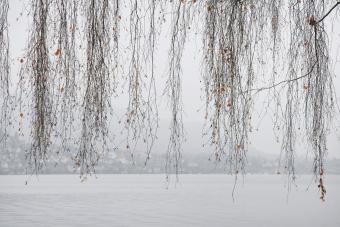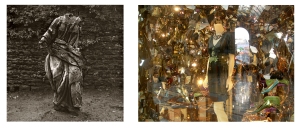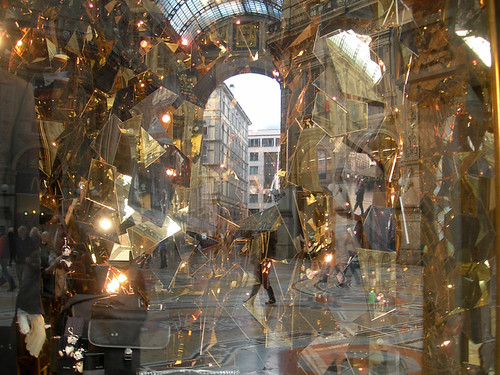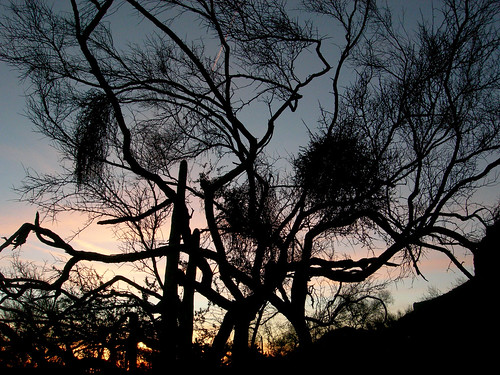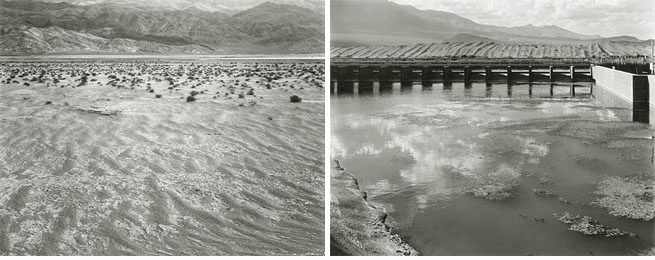The Big PhotoBook Sale
 I am raising some money for a few months of travel and working on some projects so I am selling off the bulk of my photobook collection.
here is a link to a google docs spreadsheet with a list of photographers, titles, and conditions.
I am raising some money for a few months of travel and working on some projects so I am selling off the bulk of my photobook collection.
here is a link to a google docs spreadsheet with a list of photographers, titles, and conditions.
New Work—Mojave Desert Artifacts
I just updated my website with new images from my Mojave Desert Artifacts series. I will be going back into the studio for the next few weeks, and will be uploading more as soon as I can.
New Series— Tree Stands
 Here is a glimpse of my newest series of photographs. Like most of my work lately, it revolves around the idea of recreation within the landscape, focusing on the signs, remnants, and detritus of these activities. As I explore the idea further, I am drawn more and more to the duality of the positive aspects associated with these various forms of recreation and their often violent and destructive nature, and their basis in American culture.
Here is a glimpse of my newest series of photographs. Like most of my work lately, it revolves around the idea of recreation within the landscape, focusing on the signs, remnants, and detritus of these activities. As I explore the idea further, I am drawn more and more to the duality of the positive aspects associated with these various forms of recreation and their often violent and destructive nature, and their basis in American culture.
Daniel Shea Print Sale 2010
For those who have not heard, Daniel Shea is having a fund raising print sale to help offset the cost of his new series, Plume— an extension of his work documenting the devastating coal mining practices in (Re)moving Mountains. What I have always admired about Daniel's work is his dedication to the subject, and the thoroughness in the way he approaches his projects. He brings nothing less to this series.
This new series focuses on two communities surrounded by several coal-fired power-plants. While the focus is on these two communities, the pictures, choked with the ever-present haze of summer in the Ohio Valley and power plants looming in the background of nearly every picture, stand as an symbol for the national coal-fired power industry and the critical importance of finding a suitable, sustainable, clean, and renewable replacement for coal.
Anyone who has had to find funding for a personal project knows how important even $30 can be. Whether it is a few meals, a tank of gas, or a few sheets of film (or a single sheet of film in some cases), every dollar counts. So if you have the extra cash, throw down for a print or two. If you have more, consider getting a larger limited edition print— along with knowing you are helping further the creation of important work, you will get a beautiful photograph. What is there to lose?
So much for a fresh idea
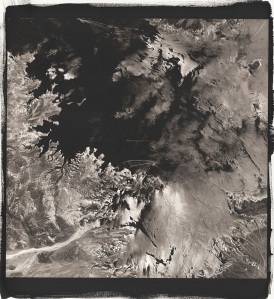 Richard BoutwellLake Mead #5, 2008 Platinum/Palladium Print
Richard BoutwellLake Mead #5, 2008 Platinum/Palladium Print
Richard Botuwell Saudi Arabia #3, 2008 Platinum/Palladium Print
I have been working on and off for the last two years compositing hundreds of appropriated satellite images to make massive files which I use as a starting point for making large-format abstract platinum-palladium prints of places of economic, political, and environmental interest. I was initially drawn by the aspects of multi-layered abstraction created by elevation and the compositing of images captured over the course of several years, and the way in which we increasingly rely on viewing satellite and aerial images in daily life—from finding our way to a restaurant on Google Maps to their use fighting wars.
I have been dreaming about how to write a grant that will allow me access to a satellite and a year to make pictures with it.
Looks like Andreas Gurksy had the same idea—sort of.
Here is an excerpt from the press release for his upcoming show at the Beverly Hills Gagosian Gallery.
In the new Ocean series, Gursky has for the first time relinquished his position behind the camera to work with satellite images of the world as his raw material, creating contemporary mappe del mondo on a scale befitting the cosmic grandeur of the subject. In their darkly nuanced surfaces, he has worked to reconcile the division between the machine eye and the human eye, continuing the debates and practices begun in the nineteenth century regarding photography and the issue of artistic expression versus objective science.
 ANDREAS GURSKY
Ocean II, 2010
Chromogenic print
ANDREAS GURSKY
Ocean II, 2010
Chromogenic print
Lightroom Winter Art Salon
Come out this Saturday evening at 6PM to the Lightroom's Winter Art Salon at Al Wachlin's house (Art Museum area) . I will be showing new platinum prints from my series of aerial photographs, as well as several photographs from my series on the Lower Owens River Project in Eastern California. It will be pretty informal and photographers are encouraged to bring there own work.
Hope to see you there.
2023 Mount Vernon St. Philadelphia, PS 19130
for more info call 215-828-1661
Photo-Review 2008 Competition Winners
I finally got a chance to look through the new issue of the Photo-Review—the edition with the 2008 competition winners. I didn't think about the printing being only greyscale until I went to the website to insert some images into this post. I realized most of the selections were originally in color. What was more interesting to me was the images I would not have given a second look as color photographs I found more interesting when presented in black and white and vice versa. Here are a few of what I think are the real gems.
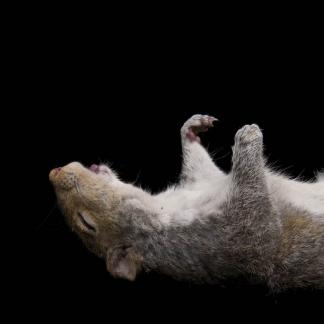
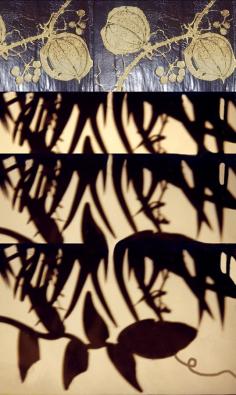
California, Venice, Spain
I needed a break from the day job so I took off for a few weeks in May. First California to continue photographing the progress of the Lower Owens River Project and then 10 days in Venice and Spain. Venice was a selfish romantic excursion and Spain was a selfish photographic one. My last day in Spain I found this great stereo-view in a Barcelona flee market. It makes me wish I had taken my stereo holga . . .
Instead I had my hand-me-down, scratched and taped-up digital point and shoot that I love to death.
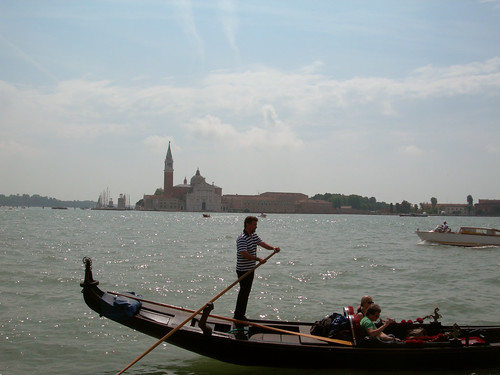
So when I got to Spain the first thing I did was rent a car and head to the coast and spent three days driving, hiking and camping along the Mediterranean north of Barcelona. Here are two from the Cap de Creus National Park.

and this one of a really brave kid in Barcelona
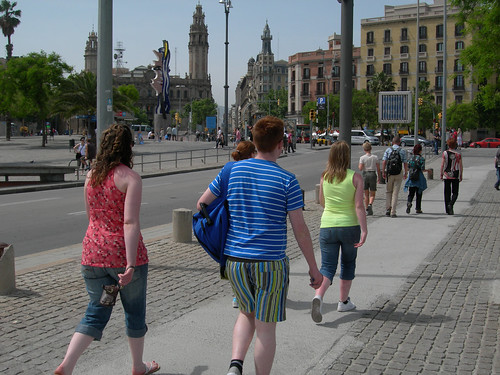
Back In It
New Year's Resolution #27: Make blog post. I sort of lost all drive for posting here these last few months. I have been working, traveling some, doing new work.
Now, with freezing weather out, I am in a place to start again with the commentary.
I (finally) have a flickr account. So for now, I will just open up the shoe box and throw up a few from the last year.
4x5s everywhere
Well almost . . . When you use an 8x10 for a few years everything else just starts to feel a little small. It is like driving a dump truck all day then picking up a Tonka Toy. That being said, it is still good to be out seeing people using cameras with some umph to them. But it is funny when people talk about a Hass like it is sizable camera . . .
I was driving down Delaware Ave a few months ago, and there was a guy in the median with a 4x5, and I was like, "hell yeah! get some!" Then on Thursday I came out of Project Basho for some coffee and there was a youngish guy across the street with a 4x5. So I was surprised as hell when on Friday night at 30th St. Station, while I was waiting for the last train out of town, I saw yet another guy (maybe same guy) with a 4x5 a few platforms away. I wanted to go up to talk to him and just see what was going on, but I know how annoying it is when people come up to me while I am working asking me dumb questions about why I'm using such a big camera, or what I could possibly be photographing . . .
My best 4x5 sighting was during spring break in 2001 driving down PCH on a trip in Big Sur. She was young, blond, and standing on the retaining wall with the camera pointed down, looking into the ocean.
Printing color, Cowboys, Strip Malls, and the West
I taught myself how to print color last week and am now ankle deep in a 150 negative printing job (good thing it pays hourly). I think I am getting a little spoiled with no need to get my hands wet, and having three or four minutes of standing around waiting for the test prints to come out the processor. Needless to say, I am getting quite a lot of reading done—catching up on New Yorkers . . . I am also reading two books by Patricia Limerick, The Legacy of Conquest and Something in the Soil, about Western history. I wonder how my understaning of Western history, something not readily taught in school, is going to impact my work there. Despite what we were taught and how it seems now, the notion of The Old West is more than cowboys, miners and the railroad, and The New West is more than strip malls, housing developments, and golf courses.
Newberry Springs, California
The year I started photographing I ran upon this house out in Newberry Springs California that was slowing being swallowed by drifting sands. I later found it was the site of a brutal killing of a small boy by two dogs. I returned on my most recent trip out West to find even more of the house engulfed in sand, and the memorial to Cash Carson Slowly being erased as well.
In 2001 the road led all the way to the house, but the dunes have covered the road with about four feet of sand. There is another house further south on the same road that was occupied at the time, with a back hoe and dozer to keep back the sands. Now that house is covered up to the second story, but a porch light is kept eerily on.
I am going to try frinding those prints and negatives I made back in 2001 and 2002. Until I get a chance to develop the films I recently shot all I have are these Instaxes.
Polaroid Induced Vertigo
I just found this in my saved but not published blog posts . . . it still makes me sad. I've been photographing out on the West Coast for the last ten days or so, and the only internet access I've had was the few minutes at a coffee shop catching up on the important emails. I had a little more time today, and was reading up on the handful of blogs I check regularly.
Reading about the end of Polaroid hit me pretty hard, and I got that whole body disconnecting from the head feeling, the sickness in the stomach. It isn't that my work is directly dependent on Polaroid materials, but when the aspects of my straight work gets overwhelming, a box of Spectra and the company of friends is something of a godsend.
I do have a Fuji Instax I got from Canada, but there is something about the Polaroid that makes it a Polaroid—something the Instax doesn't have . . . I think this might be the biggest Polaroid year ever as everyone goes on a shooting binge. I know I will.
A life in photography actually involves little photographing
Andrea Modica was out on Monday putting together her next book with Lodima Press, and I got to see some work by her that is hardly ever seen by the larger public. Her portraits of High School girls from the 80s are freakin great, and I hope there is a book of those someday. This morning I was in the woods with the chain saw, cutting downed and dead trees and hauling them to the pick-up so I could later cut them into logs for the fire. I realized there is so much I do that is not at all related to photography, but informs and influences what I do as a photographer, so why not photograph those things? Thinking back now, I realize the way I was experiencing the woods today was partially influenced by some of Andrea's photographs I saw on Monday.
Here are two Fuji Instaxs I made today (more about that instant print endeavor later when I get a chance to scan some of the hundred or so I made on my recent trip out west). Instead of using this format for these kind of pictures, I think I will carry around my handheld 4x5. At least in addition to the Polaro . . .excuse me, Instax (who knows if anyone will ever get used to that one . . . )
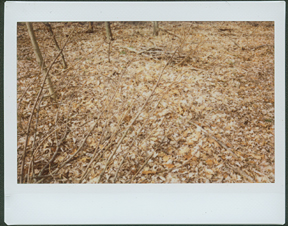
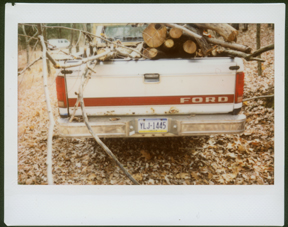
Phillips de Pury Wishlist
We just got the Jan. 31 Phillips de Pury photograph catalog, and there are a few I will, but would rather not, have to live without. Here is my short list.
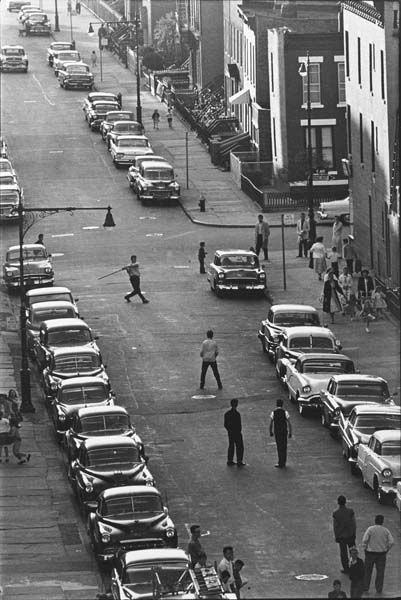
BRUCE DAVIDSON Brooklyn Gang (stickball game), 1959

DANNY LYON Yuma, 1962
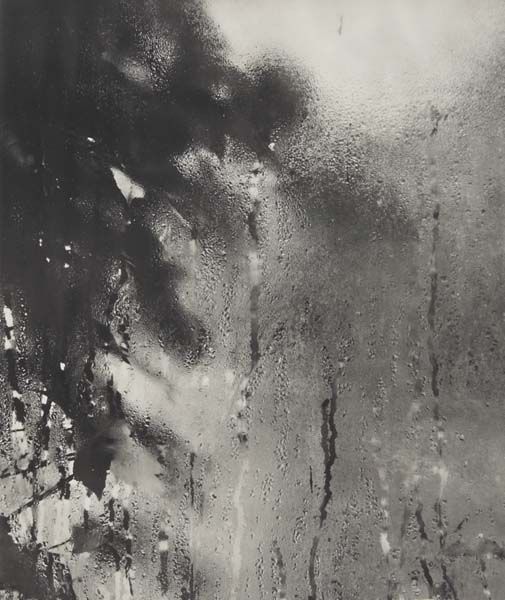
JOSEF SUDEK Mé okno, 1952 (a steal at only a $800-1200 estimate)
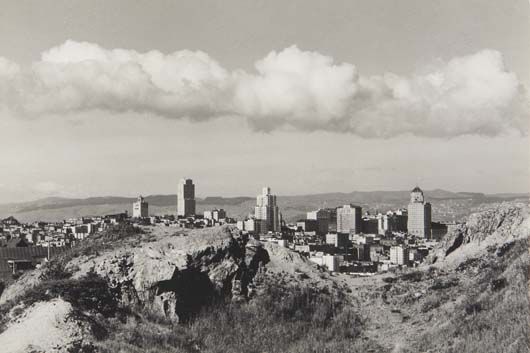
ANSEL ADAMS San Francisco from Red Mountain, 1933-1934 (one of the rare times I would actually look twice at an AA)
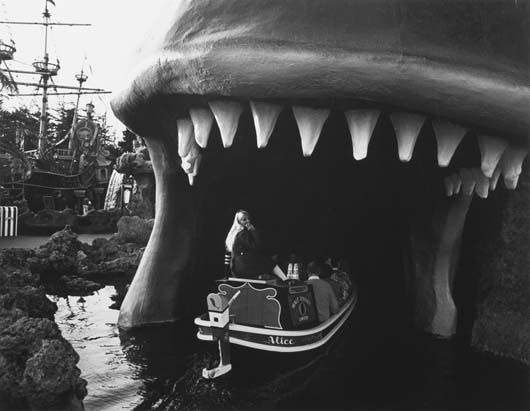
BILL OWENS Selected Images from Suburbia, 1972-1977
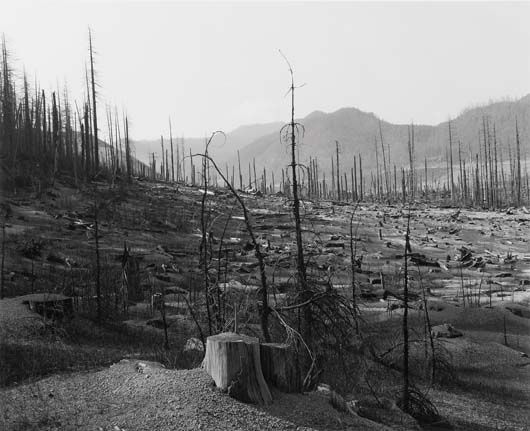
FRANK GOHLKE Selected Images, 1975-1982
Special Holiday Print Offer
I am offering a special holiday promotion on all 8x10-inch contact prints from my website. This offer will last until the end of the year, and will include a gift of one 8x10-inch silver gelatin contact print when you purchase one at full price ($400 + shipping). This will help offset the cost of materials and future trips to continue photographing the Lower Owens River Project. More information and photographs from the first year of the project can be found on my Website.




